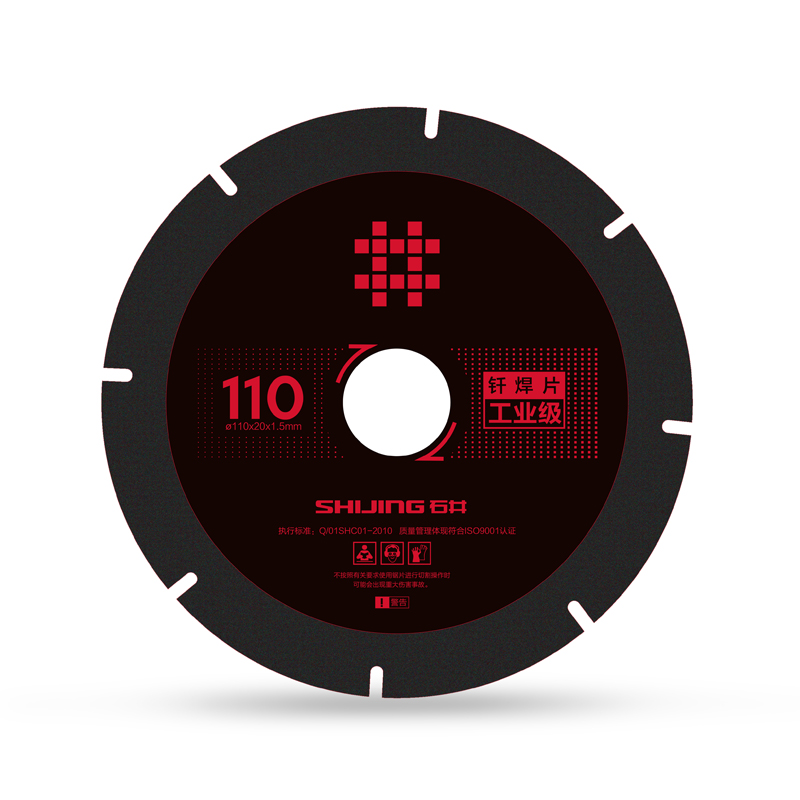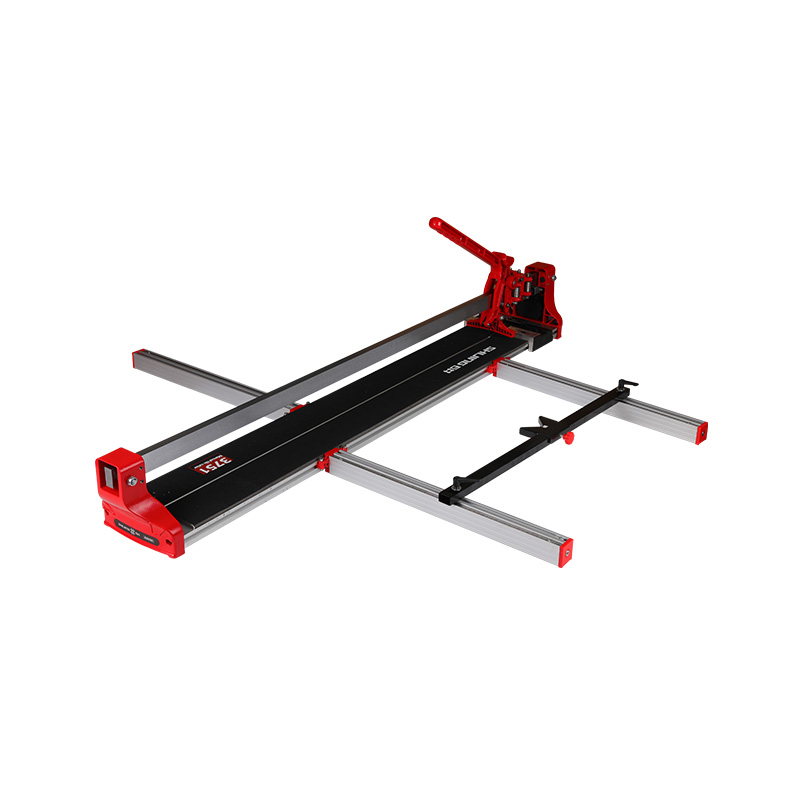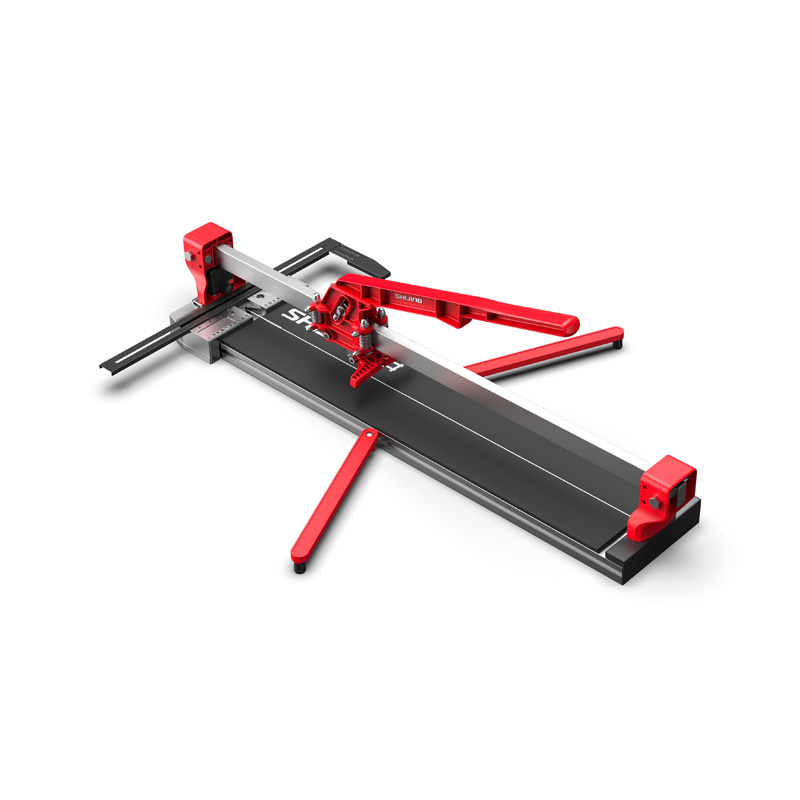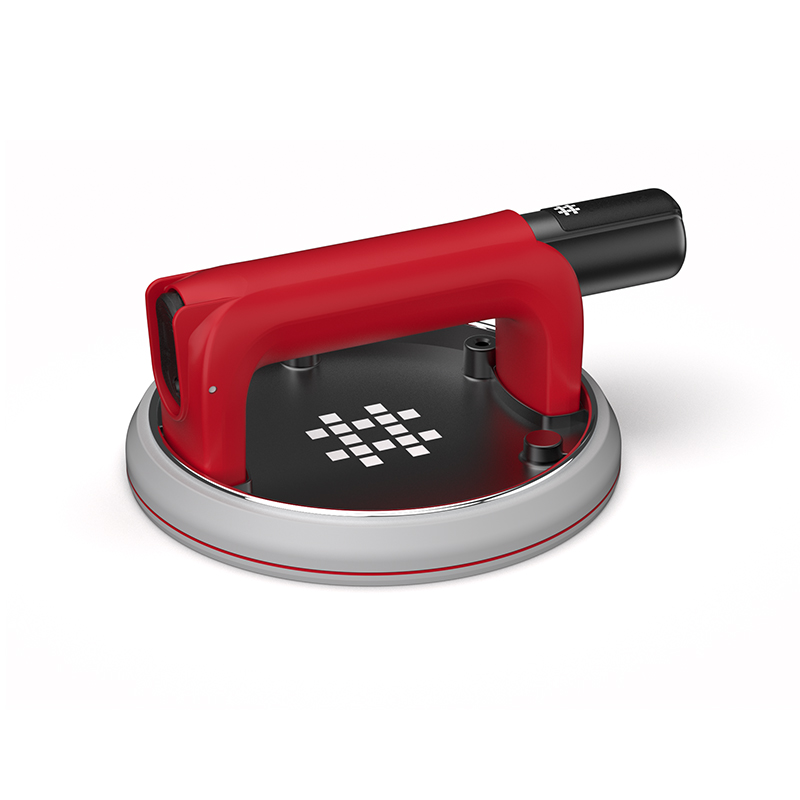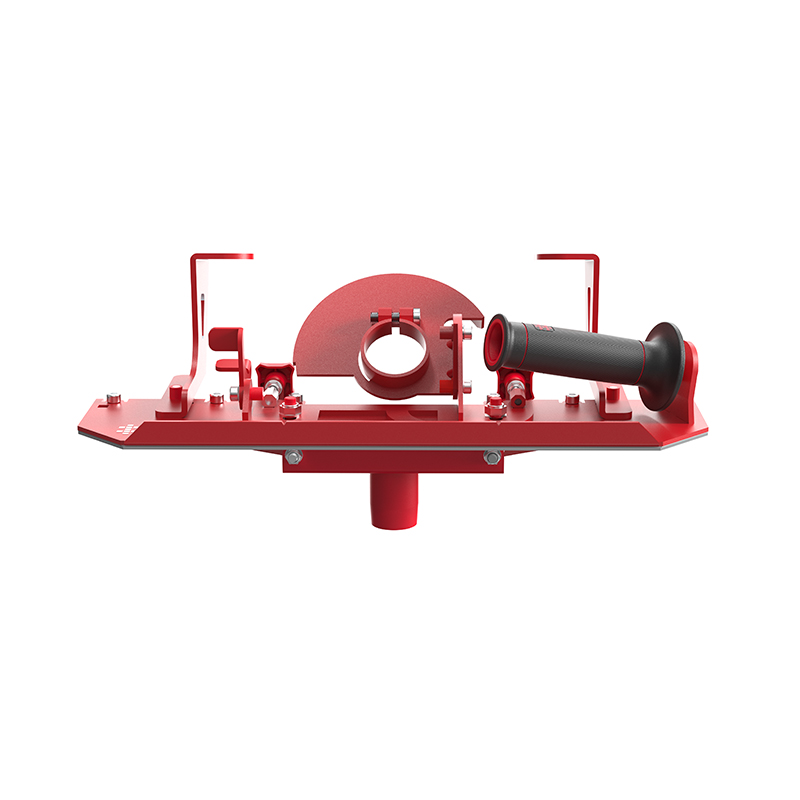You can learn the recent information of Shijing.
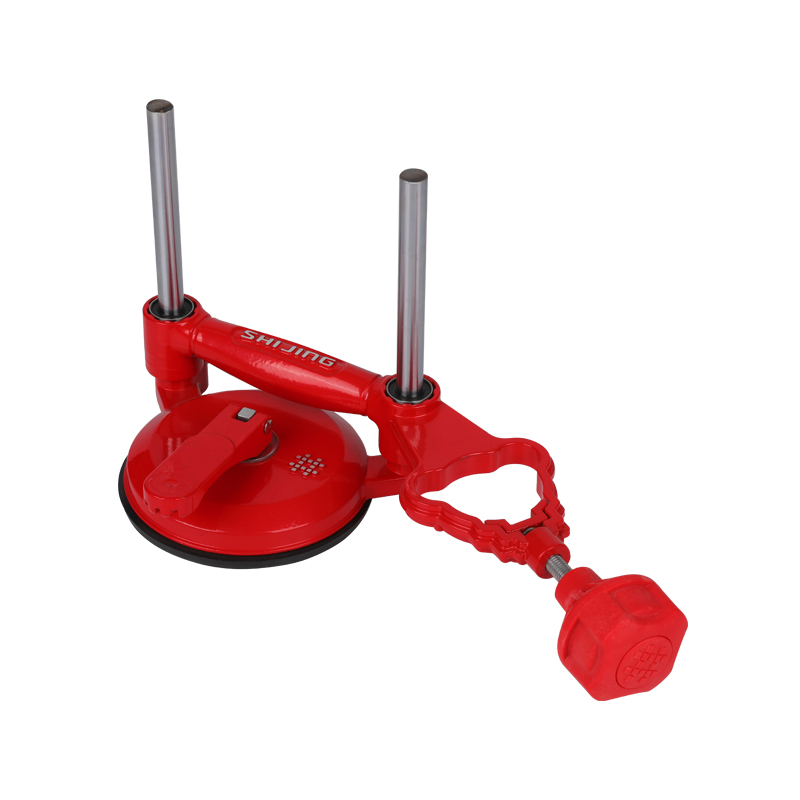
Storing your Tile Lifting Frame the right way keeps it in good condition, so it's ready to use for your next tile project. Proper storage prevents damage like bent parts or rust, which can shorten the life of your it. Let's walk through simple, practical steps to store your Tile Lifting Frame correctly.
Clean the Tile Lifting Frame before storing it. After using it, tile adhesive, grout, or dust might stick to its surface or joints. If you leave this debris, it can harden over time, making it hard to clean later and even affecting how it works. Wipe the frame with a dry cloth to remove loose dirt, and if there's wet adhesive, use a damp cloth to wipe it off right away. Avoid using harsh chemicals, as they could damage the frame's material—plain water is usually enough to get it clean.

Choose a dry, cool storage space for your Tile Lifting Frame. Moisture is one of the big threats to the metal parts of it, as it can cause rust. Don't store the frame in a damp basement, garage with leaky roofs, or outside where it's exposed to rain or snow. A closet, a tool shed with proper ventilation, or a dry garage corner works well. If the space is slightly humid, you can place a small dehumidifier nearby or wrap it in a dry cloth to keep moisture away.
Avoid stacking heavy items on top of the Tile Lifting Frame. The Tile Lifting Frame has a sturdy design for lifting tiles, but it's not made to hold heavy tools or materials. Stacking things like cement bags or power tools on it can bend the frame's bars or break its joints, making it unusable next time. Instead, store it on a flat surface—like a tool shelf or the floor—where it has enough space to stand or lie without being pressed by other items. If you need to hang it to save space, use strong hooks that can hold the frame's weight, and make sure it's not swinging into other objects.
Check for small damages before storing the Tile Lifting Frame. Even if you used it carefully, the frame might have loose screws or minor dents. Tighten any loose parts with a basic tool—this prevents them from getting lost or causing more damage while in storage. If you spot a small dent that doesn't affect use, you can still store it, but make a note to check it again before your next project. If the damage seems serious, fix it so it doesn't get worse during storage.
-1.jpg)
If you have multiple tools, keep the Tile Lifting Frame separate from sharp objects. Tools like tile cutters or screwdrivers with sharp edges can scratch its surface, especially if they're jostled together in a toolbox. You can use a separate tool bag or a partitioned toolbox to keep the frame away from sharp items. This small step keeps the frame looking good and prevents scratches that could cause rust over time.
Storing your Tile Lifting Frame properly means cleaning it, choosing a dry space, not stacking heavy items on it, checking for small damages, and keeping it away from sharp tools. These simple steps help your it stay in good shape, so it's always ready to help you with smooth tile-lifting tasks.
 English
English 中文简体
中文简体 русский
русский Español
Español Deutsch
Deutsch
.jpg)

.jpg)
.jpg)
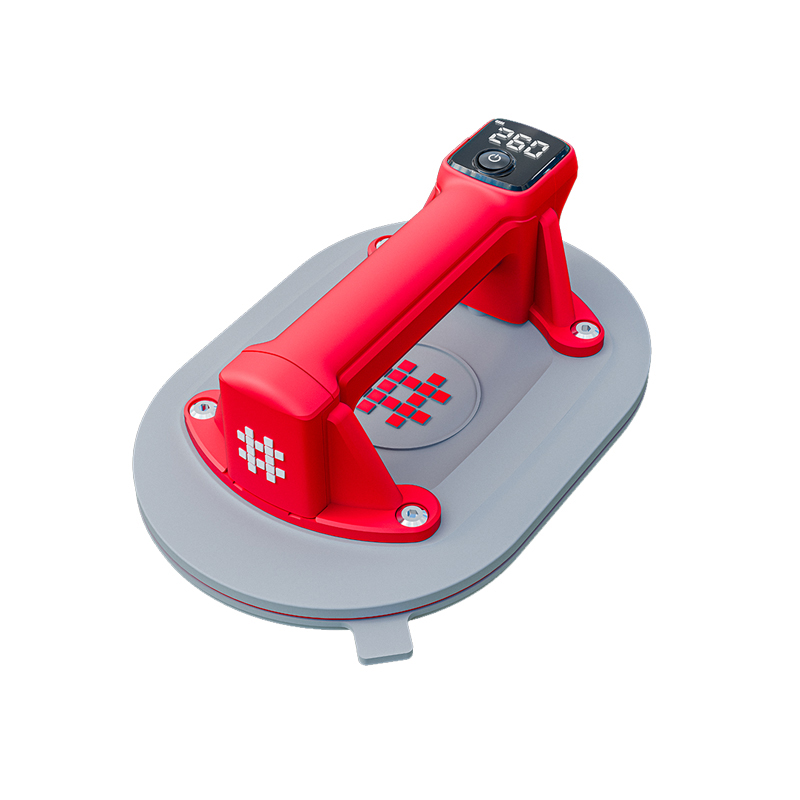
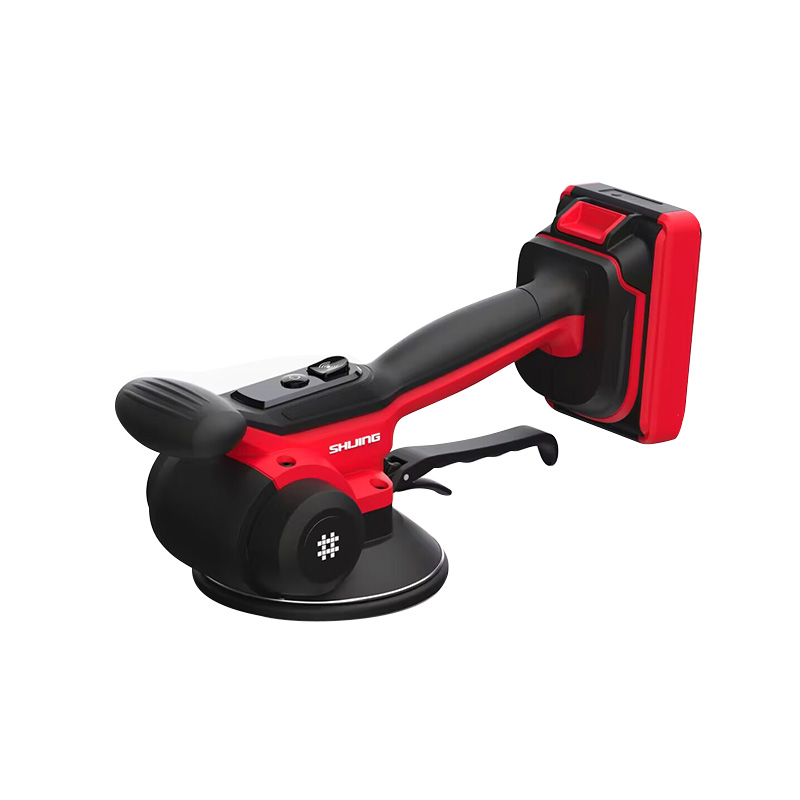
-2.jpg)
.jpg)
-3.jpg)


